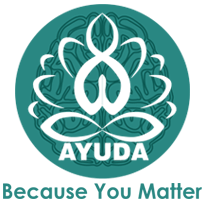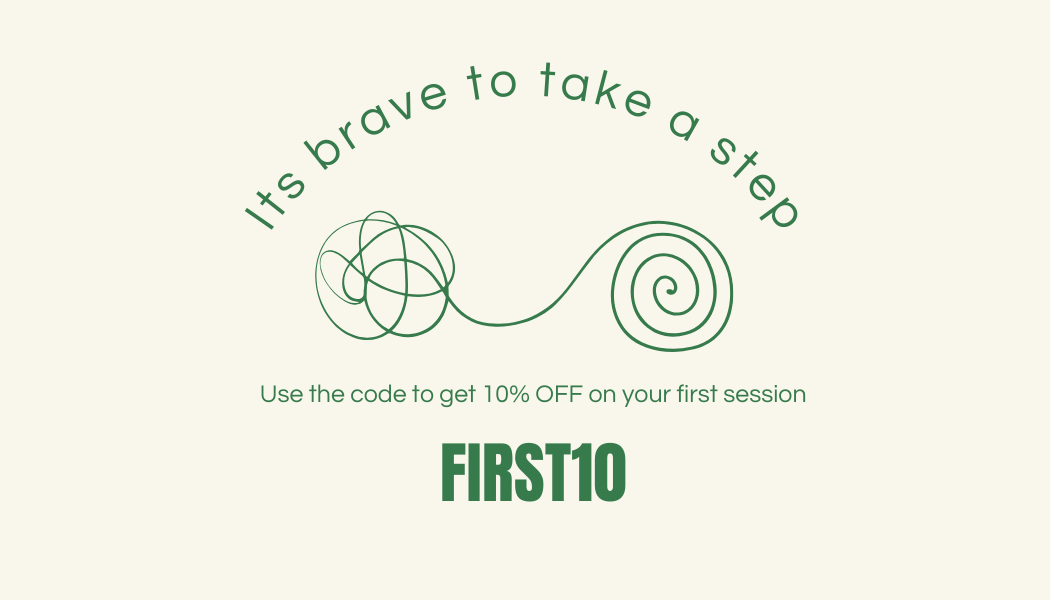Anxiety has become a very frequently used term these days. But it is important to understand the causes or the risk factors that may lead to extreme pressure. It affects mental, personal, physical, and professional life.
Anxiety refers to constant worry and fear of having some outcome that hinders focus, sleep, mood, and mental wellness. The physical symptoms include sweating, short breath, tiredness or fatigue, and restlessness. Some techniques ensure that these do not turn into severe conditions and hamper your social, personal and professional life.
“Fear is the interest paid on a debt you may not own”
We can identify and recognize the causes of anxiety to work on it. Some of the risk factors are:
- Extreme stress: some amount of stress gets experienced by everyone. However, when it gets prolonged and the intensity increase to a level that a person cannot cope up. Then as a consequence, anxiety begins to develop.
- Genetic tendencies: if any ancestor or someone from the family had an anxiety disorder, then there are higher chances that the further generations get more prone to anxiety and develop it later. I
- Personality: some people are highly self-critical, or people who get a lot of criticism may develop panic disorders leading to anxiety.
- Traumatic events: people may have gone through trauma in their life. They might get fearful dreams or flashbacks of the hurtful situations. It leads to constant worry and might lead to anxiety, having some consequences on their personal and professional life.
The consequences of anxiety concerning physical wellness include headache, fatigue, exhaustion, sweating, restlessness, and stress. The negative impact on mental well-being includes racing thoughts, lack of attention, anger, irritation, and mood swings.
Let us look at some techniques that are self-soothing.
- Maintaining a journal: write about the things that you are grateful for. Write down feelings and emotions, maybe in the form of poems. You can write a story or a letter to yourself and others. You can also write your feelings in bullet points. Another thing that you can include is a to-do list or wish list. The overall benefit of maintaining a journal is to allow you to recognize, process, and rethink your feelings and emotions.
- Use the object around you and the environment to calm you down. Use your favorite scented candle or place your hand under running water and play with it. Such activities will help you relax. If you are in a garden, try to feel the cool grass beneath and appreciate the colorful flowers you see.
- Keep a jar where you can keep away from the anxiety and worried thoughts. Take a jar and some paper. Write down all the worries and fold the paper that fits into the jar. Now keep that jar aside and also those worries with it.
- Affirmations get used for several reasons like increasing focus, confidence, and optimistic perspective. The transformation is observable after regularly practicing it. Some affirmations you can try are:
- “I am enough the way I am.”
- “It is okay to feel sad.”
- “I am stronger than the problems.”
- “It is okay to take breaks.”
- “I love myself the way I am.”
Repeat the affirmations several times and feel the message truly.
Consulting a professional is beneficial as they assist in reducing the symptoms and coping with anxiety. The use combination of therapy and strategies depends upon the severity of the condition.
Bibliography
- Holland, K. (2020, September 3). Everything You Need to Know About Anxiety. Healthline. https://www.healthline.com/health/anxiety
- How to Self-Soothe When Coping With Anxiety. (2021, September 25). Verywell Mind. https://www.verywellmind.com/how-to-self-soothe-when-coping-with-anxiety-5199606






